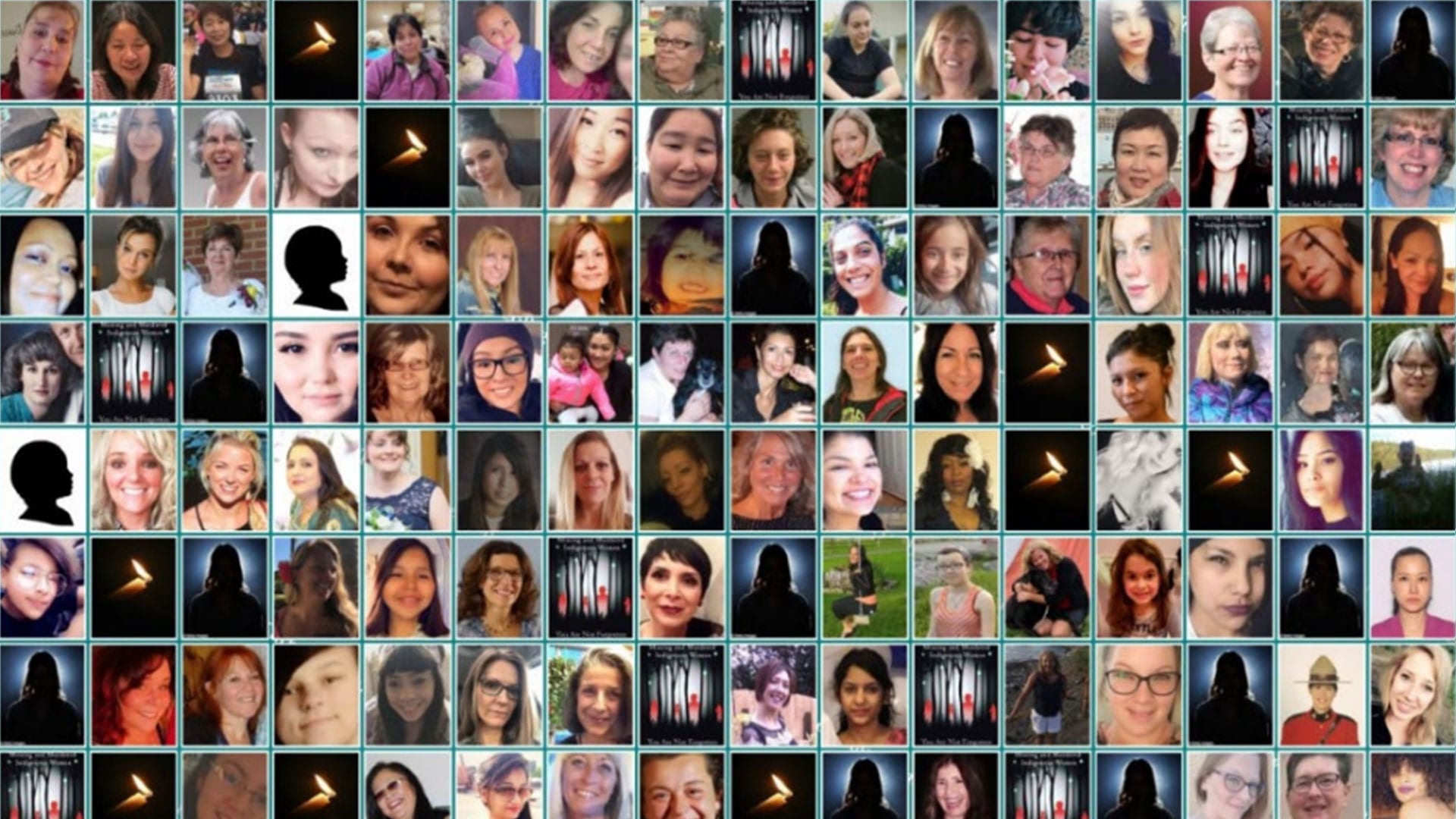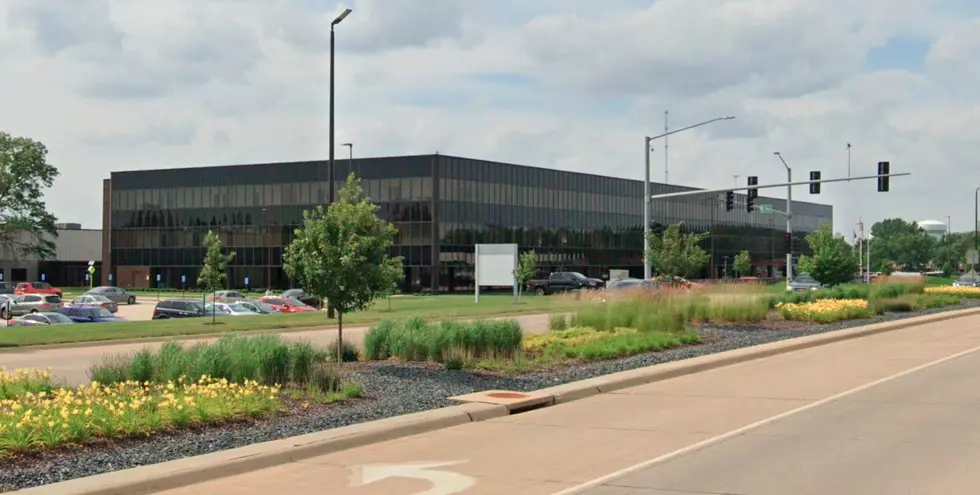Understanding The Increase In Femicide Cases

Table of Contents
Underlying Causes of the Rise in Femicide
The increase in femicide is not a singular problem with a single solution; rather, it's a complex issue stemming from a confluence of societal, systemic, and economic factors.
Societal Factors
Deeply ingrained patriarchal norms, gender inequality, and culturally accepted attitudes contribute significantly to the normalization of violence against women, ultimately fueling femicide. These societal factors create an environment where violence against women is not only tolerated but, in some cases, even condoned.
- Lack of women's rights: In many parts of the world, women lack equal rights and protections under the law, leaving them vulnerable to abuse and violence.
- Cultural acceptance of male dominance: Traditional gender roles that prioritize male authority and control often contribute to the acceptance of violence as a means of asserting dominance.
- Limited legal protections: Inadequate legal frameworks and enforcement mechanisms often fail to adequately address gender-based violence, leading to impunity for perpetrators.
The insidious nature of misogyny and the prevalence of toxic masculinity further exacerbate the problem. These ideologies contribute to the devaluation of women's lives and the normalization of violence as a means of controlling and punishing them.
Systemic Issues
Shortcomings within legal systems, law enforcement, and judicial processes significantly hinder efforts to address gender-based violence and effectively prosecute femicide cases. These systemic failures allow perpetrators to escape accountability and perpetuate the cycle of violence.
- Underreporting of femicide: Many cases of femicide go unreported due to fear, stigma, or lack of trust in authorities.
- Lack of adequate investigation: Investigations into femicide cases are often inadequate, lacking the resources and expertise needed to effectively gather evidence and bring perpetrators to justice.
- Insufficient sentencing: Even when perpetrators are convicted, sentences are often lenient, failing to reflect the severity of the crime and deter future violence. For instance, in some regions, sentences for femicide are significantly lower than those for comparable crimes against men.
The lack of access to justice and support services for survivors and families of victims further compounds the problem. Many women lack the resources and support needed to escape abusive situations or seek justice for the crimes committed against them.
Economic Factors
A strong correlation exists between poverty, economic instability, and increased rates of femicide. Economic hardship can exacerbate existing power imbalances within relationships, increasing the risk of violence escalating to femicide.
- Financial dependency: Women's economic dependence on male partners can leave them trapped in abusive relationships with limited options for escape.
- Lack of economic opportunities: Limited access to education, employment, and financial resources can further marginalize women and increase their vulnerability to violence.
- Resource scarcity: In communities struggling with poverty and resource scarcity, competition for limited resources can contribute to increased tensions and violence.
The Impact of Femicide on Communities
Femicide has far-reaching consequences, extending beyond the immediate victim and impacting entire families and communities.
Psychological Trauma
The psychological trauma experienced by families, friends, and communities affected by femicide is profound and long-lasting.
- Post-traumatic stress disorder (PTSD): Survivors often experience PTSD, characterized by flashbacks, nightmares, and intense anxiety.
- Depression and anxiety: The loss of a loved one to violence can lead to debilitating depression and anxiety, impacting mental health and overall well-being.
- Grief and bereavement: The grieving process is often complicated by the violent nature of the death and the lack of closure.
The ripple effect on future generations is significant, with children exposed to violence at increased risk of developing mental health problems and perpetuating cycles of violence.
Social Disruption
Femicide erodes social trust, security, and community stability, creating a climate of fear and uncertainty.
- Fear and distrust: The prevalence of femicide can lead to a widespread feeling of insecurity and distrust in authorities' ability to protect women.
- Increased societal anxiety: Communities affected by femicide often experience increased levels of anxiety and fear, impacting overall well-being and social cohesion.
- Erosion of social capital: The breakdown of trust and social connections can have a significant negative impact on community development and resilience.
Strategies for Prevention and Intervention
Combating the rise in femicide requires a multi-pronged approach involving strengthening legal frameworks, implementing education and awareness campaigns, and providing robust support services for victims and survivors.
Strengthening Legal Frameworks
Stricter laws, improved enforcement, and enhanced judicial processes are crucial for holding perpetrators accountable and deterring future acts of violence.
- Increased sentencing for femicide: Implementing stricter penalties for femicide, reflecting the gravity of the crime.
- Specialized courts for gender-based violence: Establishing specialized courts with expertise in handling gender-based violence cases.
- Improved witness protection programs: Providing robust protection for witnesses and survivors who are willing to testify against perpetrators.
International cooperation and the sharing of best practices are essential for strengthening legal frameworks globally.
Education and Awareness Campaigns
Educating communities about gender equality, healthy relationships, and the prevention of gender-based violence is paramount.
- Public awareness campaigns: Launching campaigns to raise awareness about femicide and its devastating consequences.
- School programs: Integrating gender equality education into school curricula at all levels.
- Community workshops: Organizing workshops to educate communities about healthy relationships and the prevention of violence.
Utilizing social media and other platforms can effectively raise awareness and promote dialogue around femicide.
Support Services for Victims and Survivors
Accessible and comprehensive support services are crucial for women experiencing domestic violence. These services provide crucial support and resources to help women escape abusive situations and rebuild their lives.
- Shelters and safe houses: Providing safe and secure housing for women fleeing domestic violence.
- Hotlines and crisis intervention services: Offering immediate support and assistance to women in crisis.
- Counseling and therapy: Providing mental health services to help survivors cope with trauma and rebuild their lives.
Culturally sensitive services are critical to ensure that support services are accessible and relevant to the needs of diverse communities.
Conclusion
The increase in femicide cases is a complex problem fueled by a confluence of societal norms, systemic failures, and economic disparities. The devastating impact of femicide extends far beyond the immediate victims, creating widespread psychological trauma and disrupting social cohesion within communities. Urgent and comprehensive strategies are necessary to prevent femicide and protect women from gender-based violence. This requires strengthening legal frameworks, implementing effective education and awareness campaigns, and providing robust support services for victims and survivors. Understanding the complexities of femicide is the first step towards ending it. Learn more about the issue, support organizations dedicated to combating violence against women, and demand effective action to prevent femicide.

Featured Posts
-
 The Evolving World Of Gumball A Teaser
May 21, 2025
The Evolving World Of Gumball A Teaser
May 21, 2025 -
 Mas Que Arandanos El Superalimento Que Previene Enfermedades Cronicas
May 21, 2025
Mas Que Arandanos El Superalimento Que Previene Enfermedades Cronicas
May 21, 2025 -
 Gaza Receives Food Aid Israel Ends Months Long Ban
May 21, 2025
Gaza Receives Food Aid Israel Ends Months Long Ban
May 21, 2025 -
 Bps Chief Executive Sees 31 Pay Reduction
May 21, 2025
Bps Chief Executive Sees 31 Pay Reduction
May 21, 2025 -
 El Superalimento Que Supera Al Arandano Prevencion De Enfermedades Cronicas
May 21, 2025
El Superalimento Que Supera Al Arandano Prevencion De Enfermedades Cronicas
May 21, 2025
Latest Posts
-
 Ai Stock Market Reddits 12 Best Picks For Growth
May 21, 2025
Ai Stock Market Reddits 12 Best Picks For Growth
May 21, 2025 -
 Staying Informed Winter Weather Advisories And School Delays
May 21, 2025
Staying Informed Winter Weather Advisories And School Delays
May 21, 2025 -
 Severe Weather Alert Strong Winds And Potential Storms
May 21, 2025
Severe Weather Alert Strong Winds And Potential Storms
May 21, 2025 -
 Cedar Rapids Facing Job Losses Collins Aerospace Layoff Announcement
May 21, 2025
Cedar Rapids Facing Job Losses Collins Aerospace Layoff Announcement
May 21, 2025 -
 Understanding Winter Weather Advisories And Their Impact On Schools
May 21, 2025
Understanding Winter Weather Advisories And Their Impact On Schools
May 21, 2025
